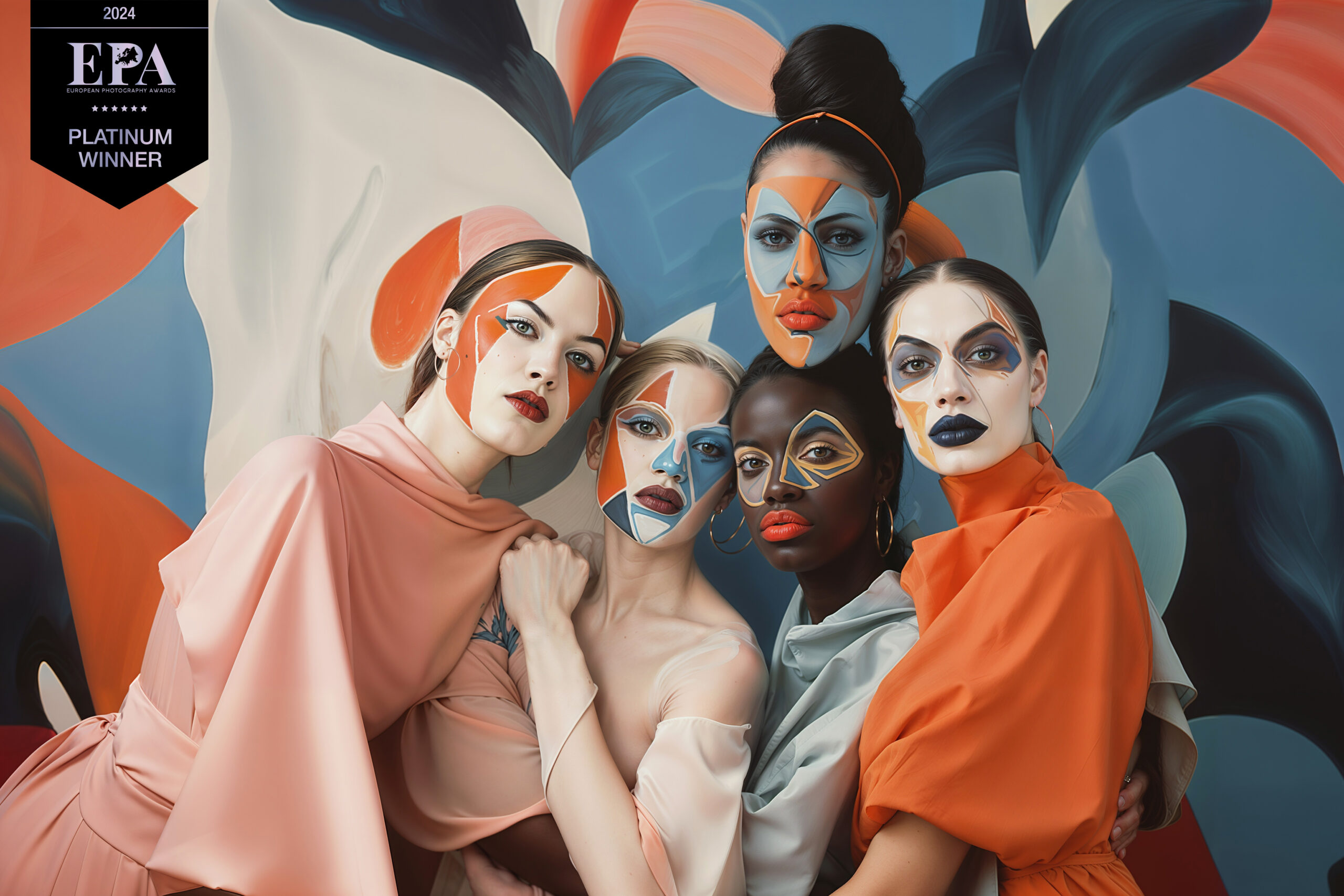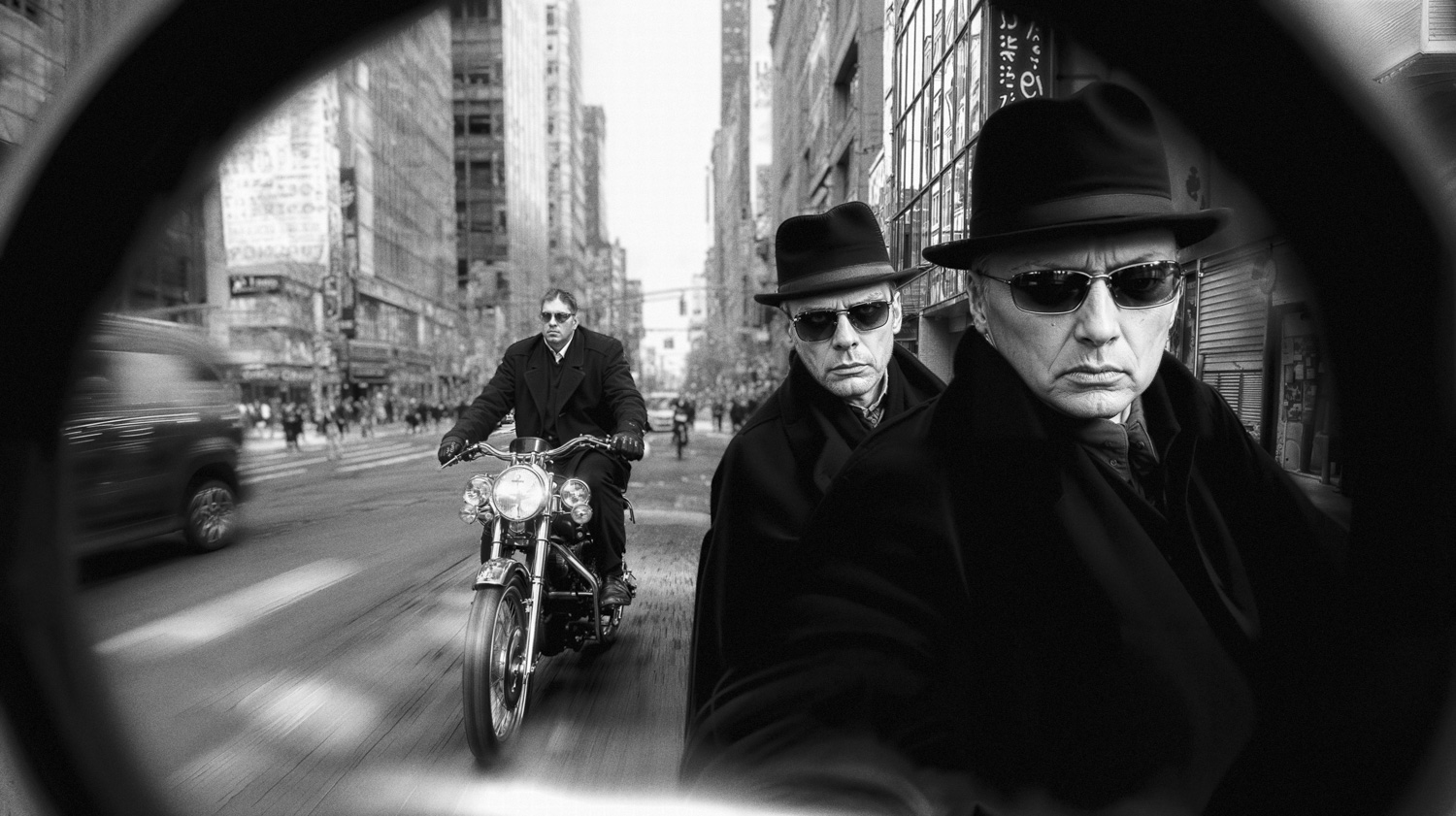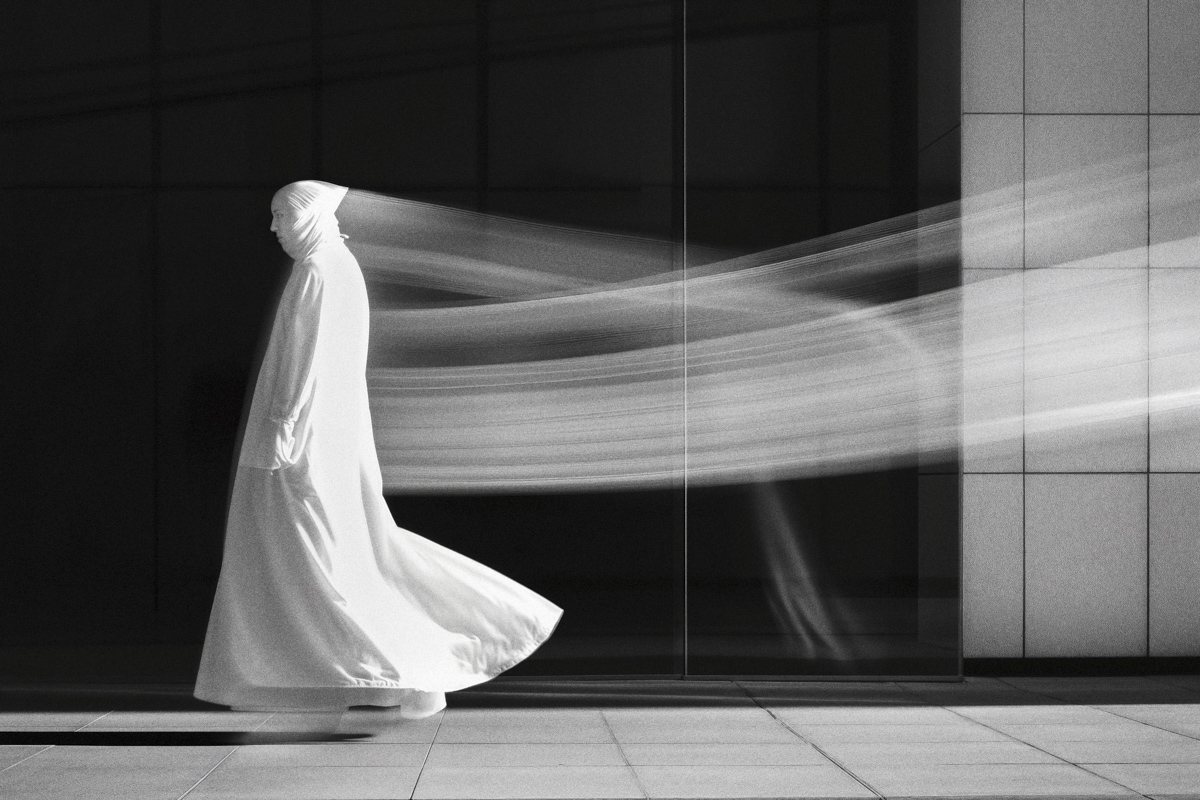
Who Owns AI Art?
Understanding Copyright in the Era of AI-Driven Creativity
As a photographer and AI media creator, the intersection of AI-generated art and copyright law is something I deal with regularly. The rapid rise of tools like DALL·E, Midjourney, and Stable Diffusion has opened new creative possibilities, but it’s also raised some important questions: Who owns the rights to AI-generated content? Can I copyright my AI-generated work or the prompts I create?
Copyright for AI-Generated Art
In the United States, the current answer is clear: AI-generated works without substantial human input can’t be copyrighted. The U.S. Copyright Office maintains that purely AI-generated images don’t qualify for protection because they lack human authorship. Simply typing a prompt into an AI tool isn’t enough to be considered creative under current law. However, if I take an AI-generated image and creatively enhance or modify it, those specific changes can be copyrighted. For example, mixing AI art with my photography and applying unique edits might allow me to protect my contributions.
.
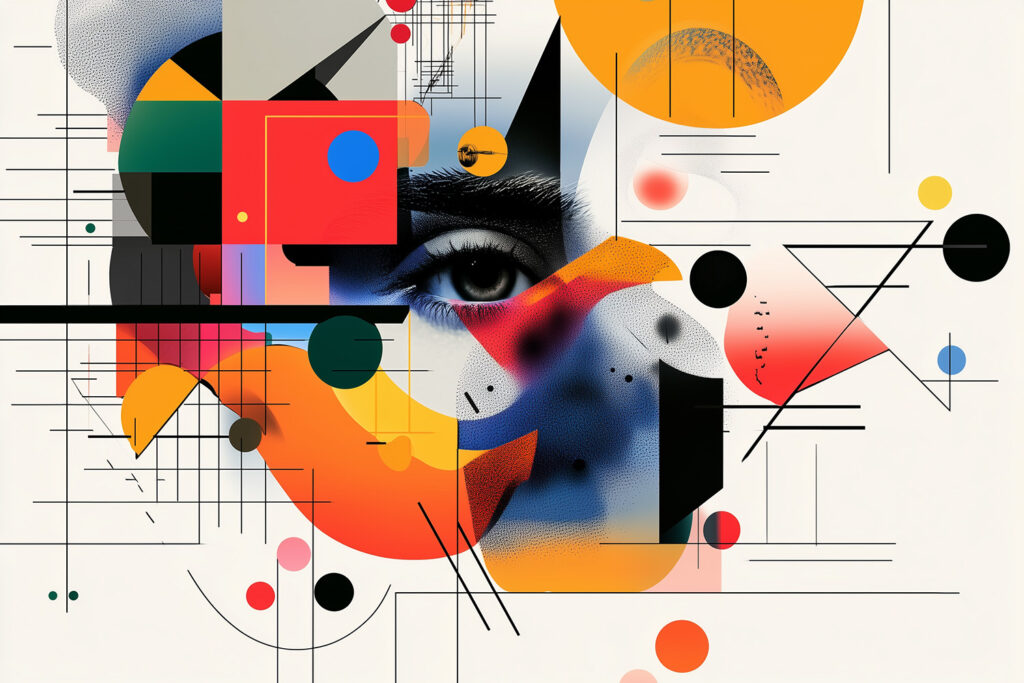
Europe and the Rest of the World
In Europe, the rules are similar—AI-generated art on its own isn’t copyrightable. However, there’s ongoing debate about whether prompts, which require careful thought and creativity, could be eligible for copyright. So far, European law focuses on human originality, much like the U.S. Globally, most countries, including Japan, follow this same principle: only humans can own copyrights.
Can AI Prompts Be Copyrighted?
The issue of whether AI prompts can be copyrighted is also relevant to me as a creator. If the prompt is original and creative enough, it might qualify for protection. A simple prompt like “generate a landscape” won’t cut it, but if I craft something more detailed and unique, it could be viewed as an original work. However, many AI platforms have terms of service that complicate things, often claiming some rights over the prompts I enter. This makes ownership a bit tricky, especially when the prompts become part of the AI’s training data.
.
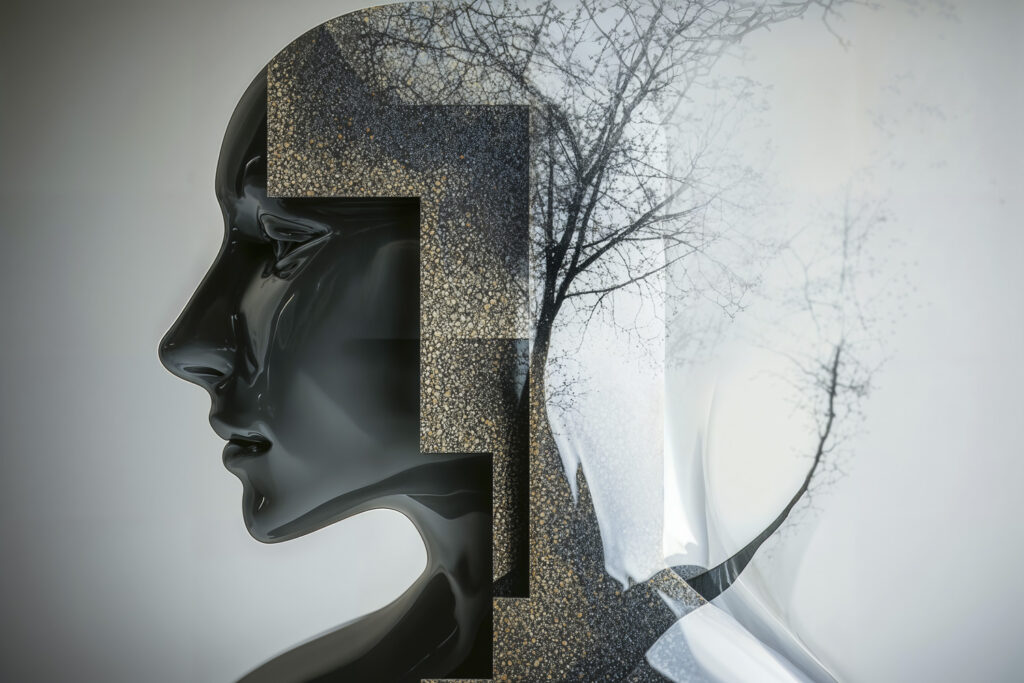
Commercial Use and Legal Risks
As I work with AI tools for commercial projects, understanding licensing is crucial. Many AI platforms, like Midjourney, allow for commercial use but only under specific conditions. For example, using AI images for business purposes might require a paid subscription to avoid infringing on platform terms. Additionally, I need to be aware of the risk that my AI-generated work could unintentionally resemble an existing artist’s style, leading to potential legal disputes.
The Future of AI and Copyright
Looking ahead, I believe there’s room for the law to evolve and recognize the human creativity involved in generating AI art. As someone who spends time fine-tuning prompts and blending AI outputs with traditional photography, I see the artistic process as much more than just pressing a button. It involves iteration, creativity, and decision-making, which should be acknowledged legally. However, under current laws, AI art remains outside copyright protection unless significant human creativity is involved.
For those of us creating at the intersection of photography, art, and AI, navigating this legal landscape is part of the process. I’ll continue to explore the possibilities AI brings to my work while ensuring my human contributions are front and center, so I can protect my creative output and avoid legal pitfalls.


